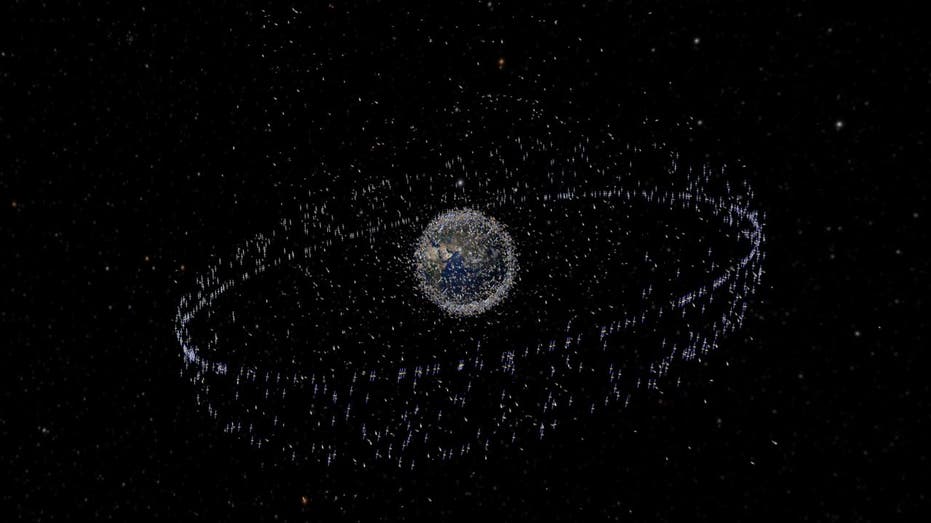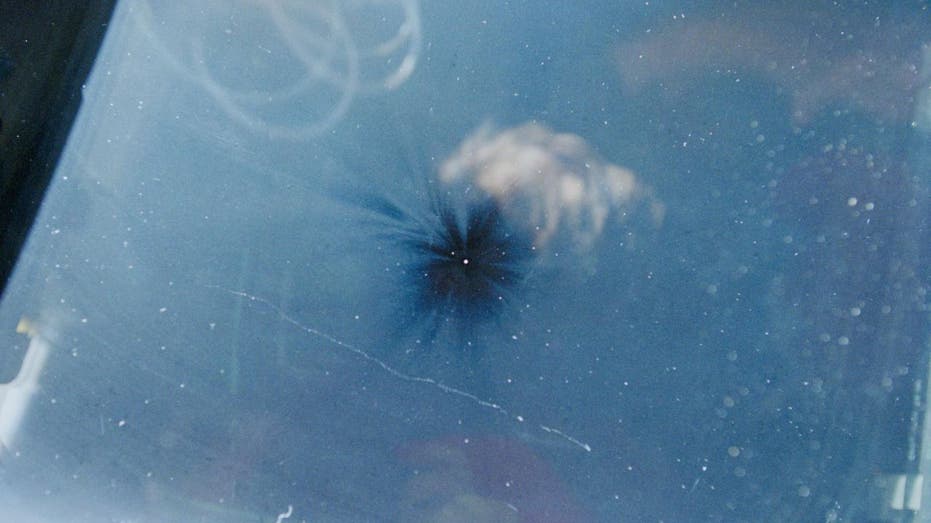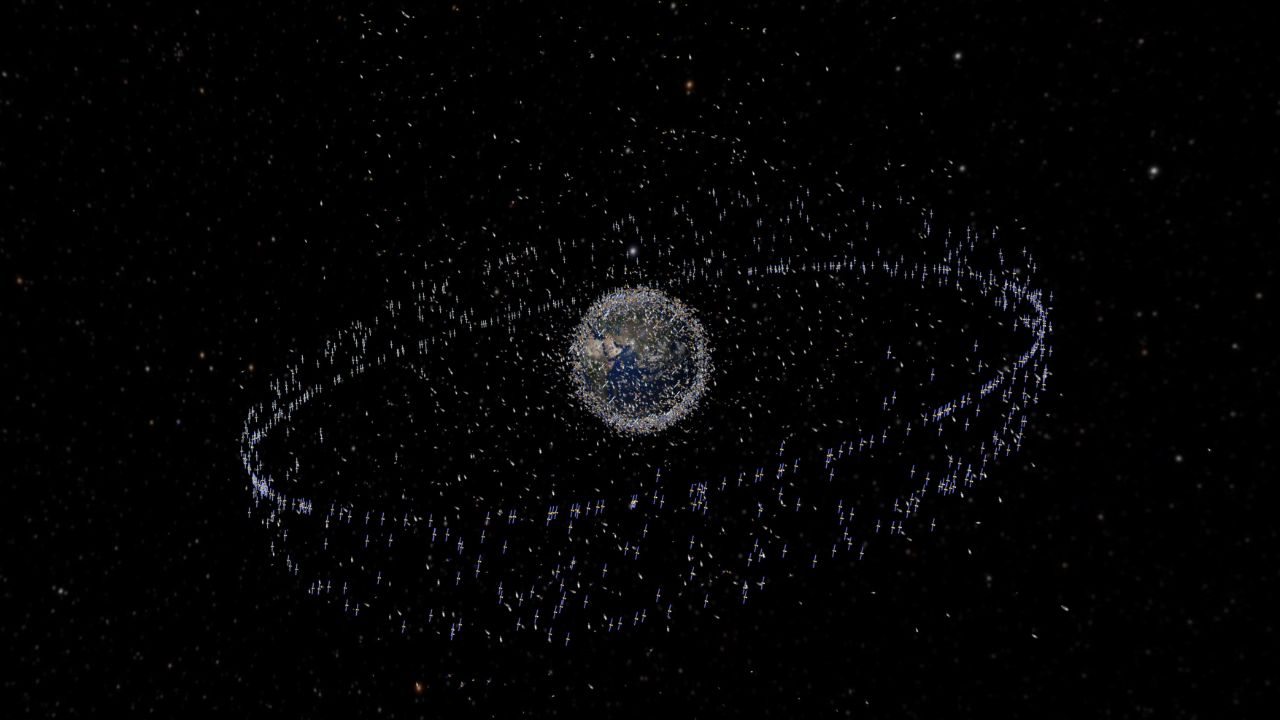Russian startup looks to be space’s ‘junkman’
StartRocket developing 'Foam Debris Catcher'
The Russian space tech startup that had planned to use satellites as an “orbital billboard” to display constellation-like advertisements in the night sky says it has put that project on hold “after receiving many comments and a lot of constructive criticism.”
Instead, StartRocket is now working on a project to clear potentially-dangerous debris orbiting the Earth.
Low Earth orbit, the space about 1,200 miles above the Earth’s surface, “is an orbital space junk yard,” according to NASA. There are millions of pieces of space junk in low Earth orbit that add up to 6,000 tons. The junk includes pieces of spacecraft, flecks of paint, defunct satellites and other objects. Most of it is moving fast, as quickly as 18,000 miles per hour, or close to seven times faster than a bullet, according to NASA.

An artist’s rendering of debris objects orbiting the Earth, with the size exaggerated to make them visible at the scale shown. (European Space Agency via NASA)
RUSSIAN STARTUP DEVELOPING BILLBOARD THAT WILL BEAM ADS FROM SPACE
StartRocket is developing what it calls the Foam Debris Catcher in order to collect and destroy that debris, according to the company. A small satellite would release foam when approaching a cloud of space debris to absorb the junk. The satellite would then fall from orbit and burn up in the Earth’s atmosphere, taking the debris with it.
The FDC, as StartRocket calls it, would weigh more than 100 pounds and have a diameter of 1,000 feet or more.

Views of the overhead flight deck window of a space shuttle showing debris impact damage due to high velocity impact strike by space debris in 1996. (NASA)
GET FOX BUSINESS ON THE GO BY CLICKING HERE
Cybersecurity firm Kaspersky is also supporting StartRocket’s project, helping develop technical documentation and offering other assistance.
“The solution being developed by StartRocket is an interesting example of how technology is changing and can be used to reduce space debris,” Andrew Winton, Kaspersky’s vice president of marketing, said in a statement. “We will watch the company’s development and product progression with great interest and look forward to supporting the cause in the coming years.”
StartRocket is planning to raise funds with a Kickstarter project later this year, according to the company. It aims to begin testing in orbit by 2023.




















